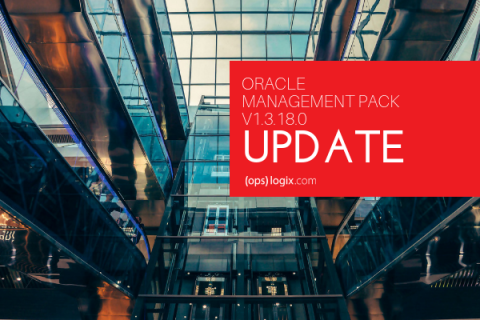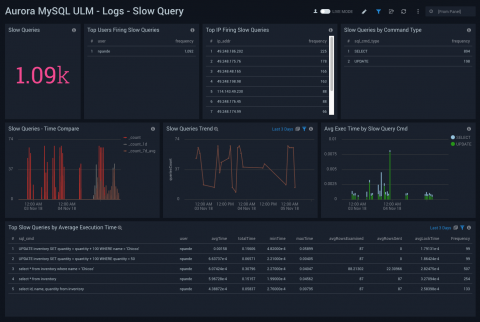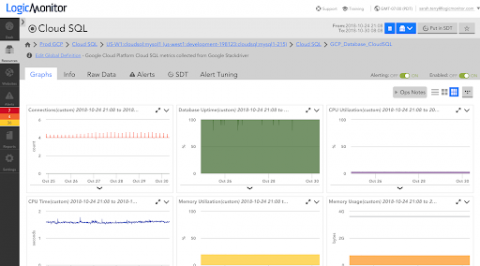5 Tips to Avoid Deadlocks in Amazon RDS Part 2
If you missed the first 2 tips, go back and read 5 Tips to Avoid Deadlocks in Amazon RDS (Part 1), and then come back for the last 3 tips on deadlock avoidance. Once again, I want to re-emphasize that RDS is not actually capable of creating deadlocks — it merely reports them from the underlying database engine.









